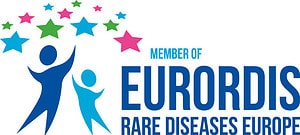No reliable and consistent means of diagnosis currently exist. The road to diagnosis is often personalized based on symptoms. Clinicians are working to create diagnostic and treatment standards for mitochondrialRelated to the mitochondria. medicine.
- Diagnosis can be made by DNA testing and/or muscle biopsy.
- Diagnosis of mitochondrial disease can be invasive, expensive, time-consuming, and labor-intensive. Therefore, evaluation is not taken lightly. Doctors experienced in diagnosing and treating these diseases will take either a step-wise approach to diagnosis or, in some centers, the evaluation takes place over a few days. The evaluation includes a combination of clinical observations and laboratory tests.
Diagnosis can be made by:
- Evaluating the patient’s family history
- Performing a complete physical examination
- Performing a neurological examination
- Performing a metabolic examination that includes blood, urine, and optional cerebral spinal fluid tests
- Performing other tests, depending on the patient’s specific condition and needs. These tests might include: Magnetic resonance imaging (MRI) or scan (MRS) if neurological symptoms are present, Retinal exam or electroretinogramA diagnostic test that measures the electrical activity of the retina in response to a light stimulus. if vision symptoms are present, Electrocardiogram (EKG) or echocardiogram if heart disease symptoms are present, Audiogram or BAEP if hearing symptoms are present, Blood test to detect thyroid dysfunction if thyroid problems are present, Blood test to perform genetic DNA testing More invasive tests, such as a skin or muscle biopsy, might be performed as needed.
Misdiagnosis
- Lack of understanding of the disease and misinterpretation of symptoms can lead to misdiagnosis.
- Further progression of symptoms can occur if the symptoms are missed and opportunities for treatment and support are not recognized.










